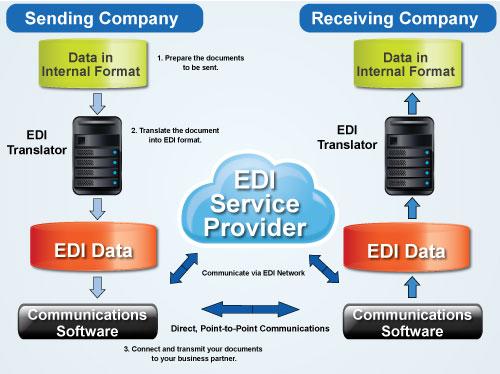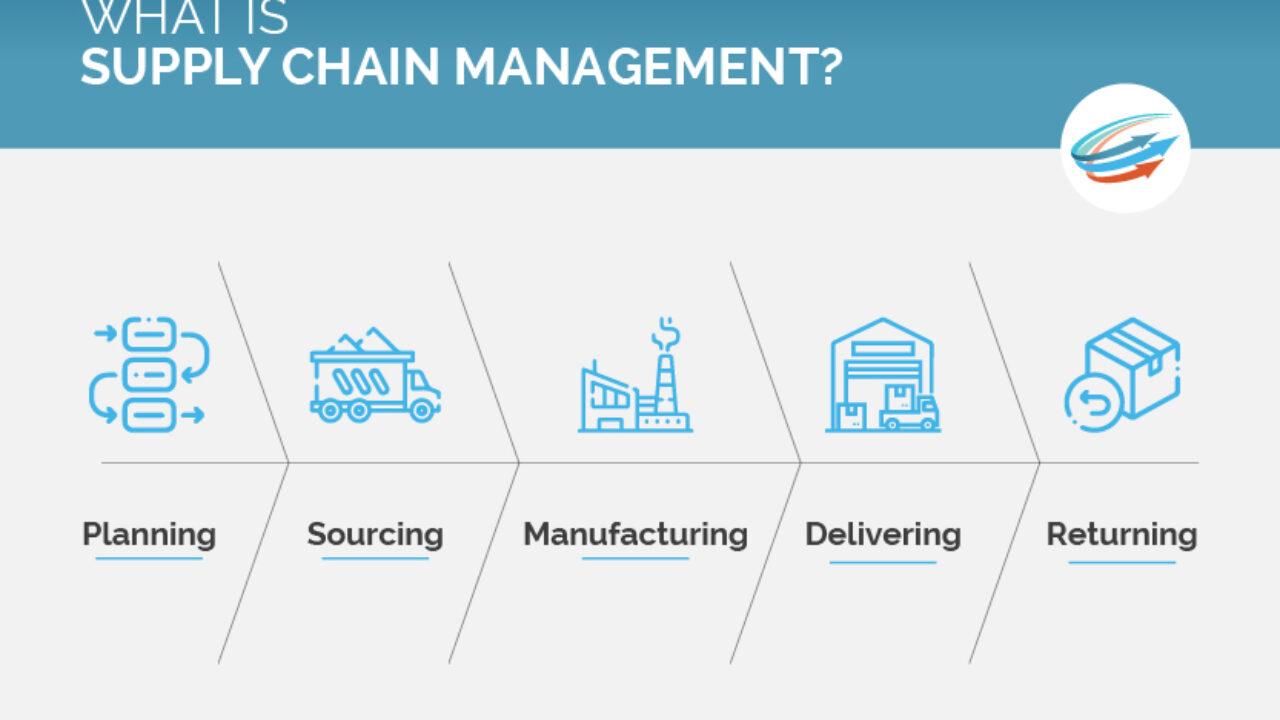In the fast-paced world of global commerce, efficient communication and seamless coordination are key to ensuring the smooth transportation of goods from point A to point B. Enter Electronic Data Interchange (EDI) Transmission Logistics – the game-changing technology that revolutionizes the way we manage transport and shipping operations. In this article, we will delve into the world of EDI transmission logistics, exploring its benefits, applications, and what sets it apart as a vital tool for the modern supply chain industry.
Improving Efficiency Through Electronic Data Interchange (EDI) in Logistics
One of the key advantages of implementing Electronic Data Interchange (EDI) in the logistics industry is the significant improvement in efficiency it brings. By automating the exchange of business documents such as orders, invoices, and shipping notices, EDI streamlines the communication process between different parties involved in the supply chain. This leads to faster and more accurate data transmission, reducing the need for manual data entry and minimizing the risk of errors.
Another benefit of EDI transmission in logistics is the enhanced visibility it provides over the entire shipping process. Real-time tracking information allows companies to monitor the status of their shipments at any given time, enabling better decision-making and proactive problem-solving. By leveraging EDI technology, logistics companies can optimize their operations, improve customer satisfaction, and ultimately gain a competitive edge in the fast-paced transportation industry.

Streamlining Operations with EDI Transmission in the Transport Industry
Efficient data transmission is key to success in the transport industry. With Electronic Data Interchange (EDI), logistics companies can streamline their operations and improve overall efficiency. EDI allows for the seamless exchange of data between different systems, eliminating the need for manual data entry and reducing the risk of errors.
By implementing EDI transmission in transport operations, companies can enjoy benefits such as faster processing times, improved accuracy, and reduced operational costs. Real-time data exchange enables better tracking of shipments, reducing delays and improving customer satisfaction. In addition, EDI helps in automating processes such as order processing, invoicing, and inventory management, leading to a more efficient and cost-effective transport operation.

Enhancing Supply Chain Visibility and Communication with EDI in Shipping
Enhancing supply chain visibility and communication in shipping is crucial for businesses looking to streamline their operations and improve efficiency. By implementing Electronic Data Interchange (EDI) in shipping processes, companies can benefit from real-time data sharing, improved accuracy, and increased productivity. EDI helps to automate and standardize communication between different parties involved in the shipping process, such as suppliers, carriers, and customers.
With EDI transmission, logistics companies can reduce manual errors and delays, leading to faster delivery times and better customer satisfaction. By integrating EDI into their systems, businesses can track shipment statuses, manage inventory levels, and communicate with partners more effectively. Overall, EDI plays a key role in optimizing supply chain operations and enhancing collaboration among supply chain partners in the shipping industry.

Maximizing Cost Savings and Accuracy with Electronic Data Interchange in Transportation Operations
Electronic Data Interchange (EDI) is revolutionizing the way transportation operations are conducted, offering a seamless and efficient solution for maximizing cost savings and accuracy. By utilizing EDI transmissions, logistics companies can streamline their processes and eliminate manual data entry errors, leading to improved overall efficiency.
With EDI, transport companies can automate the exchange of information with their partners, such as suppliers, carriers, and customers, resulting in faster communication and reduced lead times. By leveraging EDI in shipping operations, businesses can enjoy benefits like real-time visibility into shipments, reduced paperwork, faster order processing, and ultimately, increased cost savings. Embracing EDI transmission in the transportation industry is a game-changer for companies looking to enhance their operations and stay ahead of the competition.
Insights and Conclusions
In conclusion, EDI transmission in logistics, transport, and shipping has revolutionized the way information is exchanged and processed within the industry. By streamlining communication and automating processes, EDI has paved the way for increased efficiency, accuracy, and cost-savings. As technology continues to advance, the integration of EDI will only become more prevalent, shaping the future of the transportation and shipping sector. Embracing this digital transformation will be key for companies to stay competitive and meet the evolving needs of the global market. Let us continue to navigate these exciting changes together, as we move towards a more connected and efficient world of transportation and logistics.
